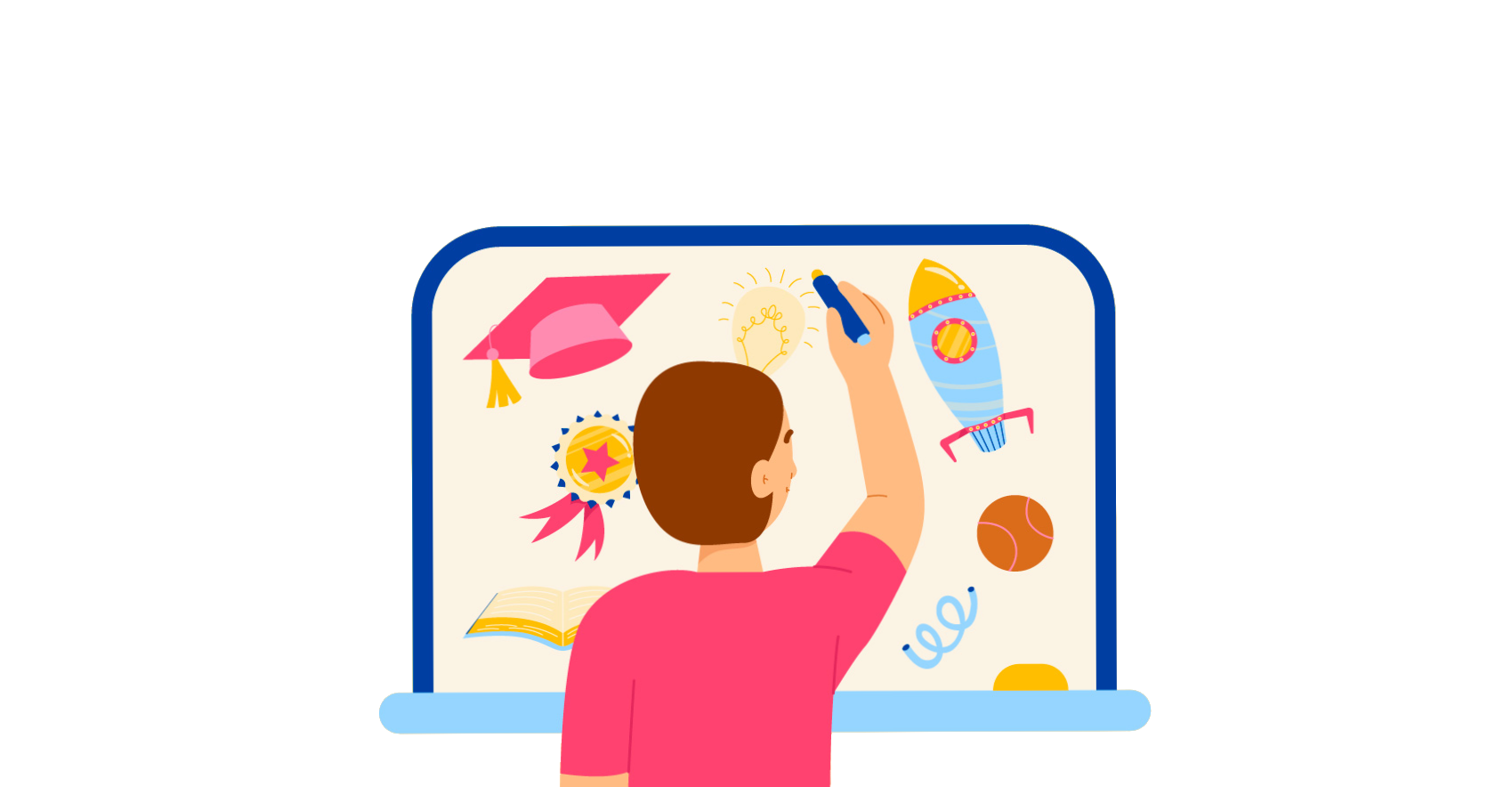Not all students learn the same way. While some understand best through visuals, others learn more effectively by listening, doing, or reading. Recognizing and respecting these individual learning preferences enables tutors to personalize instruction and dramatically increase student success and confidence.
Below is an in-depth breakdown of common learning styles and how tutors can effectively support each type.
1. Visual Learners
Characteristics
Visual learners understand and retain information better when it’s presented in a pictorial or diagrammatic format. They often think in images and benefit from seeing relationships and ideas mapped out.
Effective Strategies
Visual Aids
Use charts, graphs, timelines, and diagrams to explain relationships. For example, a flowchart for a biology process or a pie chart for economics.
Draw mind maps or concept maps on a digital whiteboard during live sessions.
Color Coding
Organize notes or lesson content using different colors.
For example, use red for definitions, green for formulas, and blue for examples in math or science tutoring.
Infographics and Visual Summaries
Summarize complex topics into simple, skimmable visual posters.
Use tools like Canva or Google Slides to create visual overviews such as a summary of Shakespearean plays or historical events.
Flashcards and Visual Mnemonics
Add pictures or symbols to flashcards to reinforce memory.
For example, use an image of a “cell” with labeled parts for biology, or create a visual acronym like PEMDAS with icons for each operation.
---
2. Auditory Learners
Characteristics
Auditory learners learn best through listening and speaking. They remember what they hear more than what they read or see and often benefit from conversations, discussions, and rhythmic repetition.
Effective Strategies
Verbal Explanations
Use storytelling or analogies to explain abstract concepts.
For example, describe chemical reactions like cooking recipes.
Discussion and Q&A
Encourage students to talk through their thinking.
Use prompts like “Can you explain that back to me?” or “Why do you think that’s the right answer?”
Lecture Recordings and Podcasts
Provide session recordings or recommend relevant educational podcasts.
Auditory learners benefit from replaying audio content during other tasks.
Oral Presentations
Ask students to present what they’ve learned in short summaries.
This reinforces their learning and builds verbal communication skills.
3. Kinesthetic Learners
Characteristics
Kinesthetic learners are hands-on. They understand concepts by doing, building, or moving. They thrive on physical engagement and learn best through action.
Effective Strategies
Hands-On Activities
Include simulations, role-plays, or science experiments.
For younger students, use physical props like counting blocks, puzzles, or 3D models.
Role-Play and Simulations
Act out historical events, literary scenes, or mock interviews.
For example, conduct a role-play job interview in a business English session.
Manipulatives and Models
Use physical tools such as geometry shapes, maps, or anatomical models.
In online sessions, use virtual simulations or drag-and-drop tools.
Movement Breaks
Break up the session with simple stretches or stand-up answer games.
Use physical tasks to reset focus, especially during longer sessions.
4. Reading/Writing Learners
Characteristics
These learners prefer to interact with text. They love reading and expressing their ideas through writing. Notes, lists, and written instructions help them absorb information deeply.
Effective Strategies
Reading Assignments
Share written explanations, textbook sections, or articles before or after sessions.
Pair reading with reflective questions to encourage deeper thinking.
Note-Taking and Summarizing
Teach Cornell note-taking, bullet journaling, or outline methods.
Ask students to summarize lessons in their own words after each session.
Writing Prompts and Reflections
Use journaling or reflective writing to help students synthesize learning.
Prompts like “What did I find most interesting today?” or “Explain this topic to a friend” are useful.
Essays and Written Tasks
Assign essays, reports, or analytical writing tasks to encourage structured thinking.
Provide feedback on grammar, structure, and clarity to sharpen writing skills.
5. Multi-Modal Learners
Characteristics
These learners benefit from a mix of strategies and may shift preferences depending on the subject or task. They are flexible and responsive to diverse instructional methods.
Effective Strategies
Multimedia Presentations
Combine audio, visuals, and text in lessons using PowerPoint or screen sharing.
Include short videos with captions followed by discussion or reading tasks.
Interactive Activities
Design group work or games that combine movement, speaking, writing, and visuals.
For example, use a quiz game where students answer aloud, write explanations, and see real-time results.
Personalized Approach
Check in with students regularly to ask what helps them understand best.
Adapt your tutoring style based on feedback and the topic being covered.
Final Thoughts: Why Learning Styles Matter in Tutoring
Understanding learning styles isn’t about putting students into rigid boxes — it’s about expanding your teaching toolbox. By offering varied methods, tutors can:
Build trust and motivation
Reduce frustration and improve comprehension
Support academic independence and curiosity
Most importantly, it empowers students to take ownership of their learning. They begin to recognize how they learn best and apply those insights well beyond the tutoring session.









